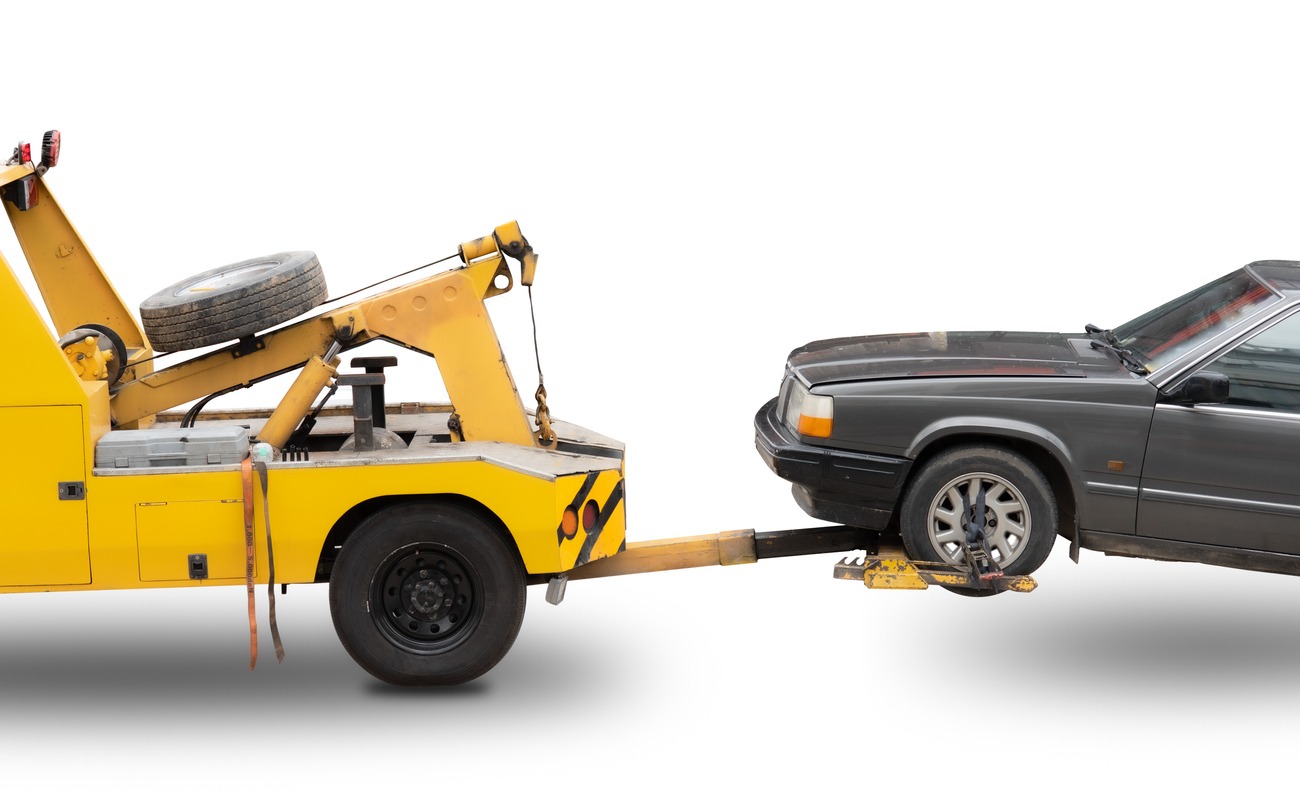Are you a driver who occasionally finds themselves in need of towing a trailer or hauling heavy loads? Ensuring you stay within the limits of your vehicle’s capabilities is crucial. Towing capacity refers to the maximum weight or load that a vehicle is capable of pulling safely and effectively.
In this article, we will guide you through the process of determining your towing capacity, providing valuable insights that will empower you to make informed decisions when it comes to towing. Whether you’re planning a family camping trip or need to transport equipment for a DIY project, knowing your vehicle’s towing capacity is a fundamental aspect of being a responsible and capable driver. Let’s dive in and discover how you can unlock the towing potential of your vehicle.
Mastering Towing Capacity: Unraveling the Essentials
The towing capacity of your vehicle indicates the maximum permissible weight it can safely tow. However, this capacity is not set in stone and varies based on several factors. These factors include your vehicle’s configuration, the weight it’s already carrying, and how you distribute and control the load you intend to tow.
Calculating towing capacity requires knowing various details about both your tow vehicle and the trailer you plan to tow. One essential figure is the Gross Combined Vehicle Weight Rating (GCVWR), which represents the maximum combined weight of your vehicle and trailer, along with all the cargo they carry. Additionally, you need to know your tow vehicle’s curb weight, which refers to its weight when filled with fuel and other fluids necessary for operation.
By subtracting the curb weight from the GCVWR, you can determine your vehicle’s towing capacity. However, it’s important to note that exceeding your car or truck’s towing capacity is extremely risky. Manufacturers stress the importance of never surpassing the specified towing capacity, and for safety reasons, it’s advisable to stay within 10% of that limit.
Now, let’s dive into the towing capacity terms you need to know. Towing-related discussions often involve specific jargon, but fear not! These terms can be broken down into simple measurements that anyone can understand.
1. Towing Capacity – this refers to the maximum weight your car, SUV, or truck can safely pull.
2. Gross Vehicle Weight Rating (GVWR) – GVWR represents the maximum weight a vehicle can carry while stationary. Towing capacity is determined by considering factors such as the durability and strength of the vehicle’s frame, wheels, axles, and suspension. Both your tow vehicle and the trailer will have their own GVWR.
3. Gross Trailer Weight (GTW) – GTW is the total weight of your trailer and its cargo. If you were to weigh the fully loaded trailer using a scale, the measurement obtained would be the Gross Trailer Weight (GTW). It’s crucial not to exceed your vehicle’s towing capacity, as attempting to tow a weight higher than the GTW can lead to vehicle damage and compromised control.
4. Gross Combined Vehicle Weight Rating (GCVWR) – This represents the maximum combined weight of both your tow vehicle and trailer, inclusive of all cargo. The GCVWR is determined by adding together the separate GVWR numbers of your tow vehicle and trailer.
5. Gross Axle Weight Rating (GAWR) – GAWR indicates the maximum weight that a single axle can support. There may be differences between the front and rear axles, such as varying materials or diameters.
6. Tongue Weight – tongue weight, sometimes referred to as TW, is the force pushing down on the trailer hitch by the load being hauled. It can change based on how the load is distributed within the trailer.
7. Curb Weight – curb weight is the total weight of a vehicle, including all necessary fluids, but without any people or cargo. It is distinct from GVWR, which indicates the maximum weight a vehicle is designed to carry, encompassing its own weight, occupants, and payload.
8. Dry Weight – this refers to the weight of a vehicle without any cargo or fluids necessary for its operation. In most towing calculations, you don’t need to know your vehicle’s dry weight.
9. Payload – it is the maximum weight that your tow vehicle can carry in its cabin and bed, excluding what it can tow. It includes passengers, luggage, and any other cargo you carry in the vehicle itself.
10. Braked vs. Unbraked Towing Capacity – Some trailers have their own braking systems, which enable higher towing capacities compared to trailers without brakes. It’s important to consider this distinction when determining what you can safely tow.
To determine your vehicle’s towing capacity, you can typically find information from the manufacturer. Look for a sticker located on the driver’s door jamb or consult your owner’s manual. Alternatively, you can use your vehicle identification number (VIN) on the manufacturer’s website to access towing capacity details.
Keep in mind that your towing capacity should always exceed the weight of your load, including the vehicle itself, passengers, cargo, and the trailer. Balancing the load and considering both horizontal and vertical forces are essential to maintaining stability and control while towing.
If you find that you need more towing capacity, there are options to consider. Upgrading your hitch, installing a weight-distribution hitch, upgrading brakes, replacing axles, or adding a bigger radiator are potential solutions. However, it’s crucial to evaluate the costs, potential impact on your vehicle’s performance and resale value, and consult professionals before making modifications. Keep in mind that certain changes, such as installing larger wheels or changing tires, can actually decrease your towing capacity.
As technology advances, manufacturers have introduced features to enhance towing safety. For example, Ford’s Pro Trailer Backup Assist and Ram’s Trailer Reverse Steering Control provide valuable assistance when backing up a trailer, making it easier to maneuver in tight spaces.
Behind the Numbers: Factors That Shape Towing Capacity
Towing capacity is influenced by various factors that determine a vehicle’s ability to tow safely and efficiently. From vehicle configuration to weight distribution and safety considerations, understanding these factors is crucial for maximizing towing capabilities.
Vehicle configuration – Different models and makes of vehicles have varying towing capacities based on their design and engineering. Factors such as chassis strength, suspension system, drivetrain, and cooling capacity contribute to towing capability. Manufacturers invest in research and development to ensure vehicles can handle towing stresses without compromising safety.
Vehicle weight – The weight of passengers, luggage, and other cargo carried in the vehicle affects available towing capacity. More internal weight reduces the vehicle’s ability to safely tow additional load.
Load distribution and control – Properly distributing weight across the trailer and tow vehicle is essential for stability and control while towing. Uneven weight distribution can cause swaying, loss of control, and dangerous situations on the road. Manufacturers provide guidelines for load distribution, including recommendations for tongue weight and cargo placement.
Safety considerations – Towing capacity is determined with the goal of ensuring safe towing without compromising vehicle integrity or passenger safety. Exceeding recommended towing capacity strains the engine, transmission, suspension, and braking system. This can lead to mechanical failures, reduced control, and compromised safety. Adhering to manufacturer’s guidelines and never exceeding the specified towing capacity is crucial.
Conclusion:
Understanding the factors that shape towing capacity allows for a deeper appreciation of its complexities. It goes beyond a mere number, involving careful calculations based on vehicle design, weight distribution, and safety considerations. By acknowledging these factors and staying within recommended limits, a safe and successful towing experience is ensured. Mastering towing capacity necessitates a comprehensive grasp of the essentials, unraveling the intricacies of weight ratings, load distribution, and safety concerns specific to your vehicle. By accurately calculating your towing capacity and adhering to manufacturer guidelines, you can confidently embark on towing adventures, equipped to handle the challenges that lie ahead on the road.

